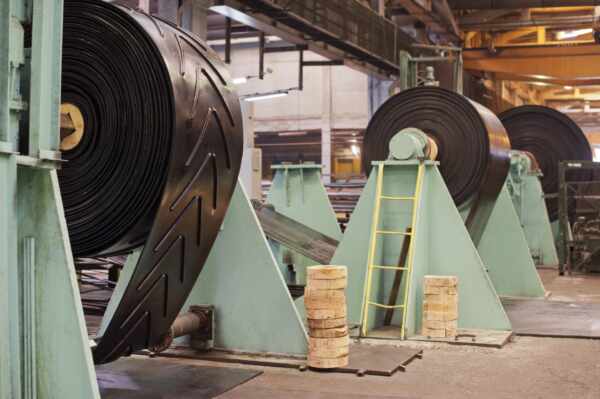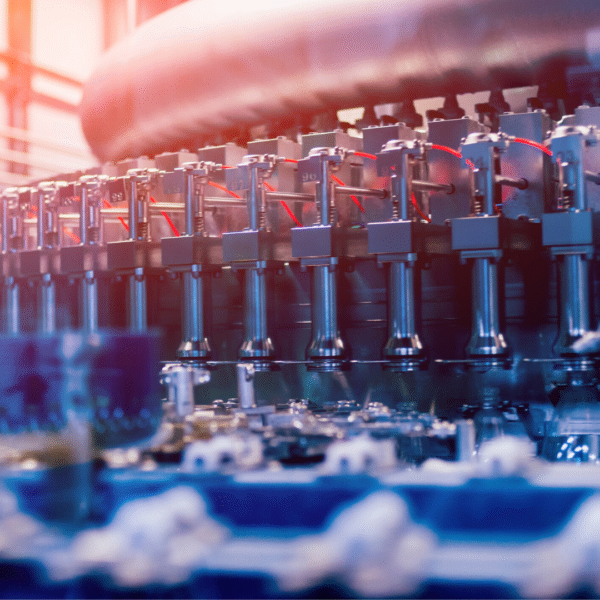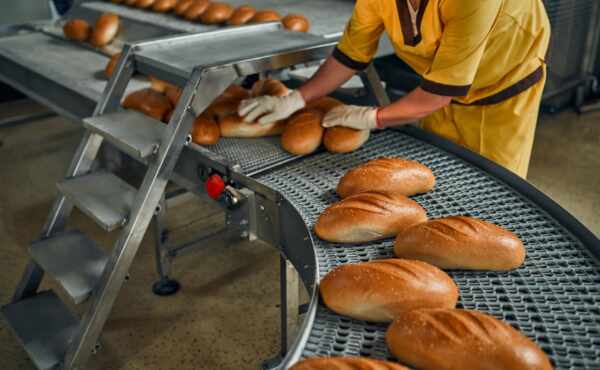A well-functioning conveyor system is integral to the success of any facility. It keeps operations running smoothly, enhances productivity, and improves safety standards. Ensuring your conveyor system operates at peak efficiency not only depends on selecting the right equipment but also on implementing a proper maintenance plan and troubleshooting any issues that may arise during its lifespan.
From regular inspections and cleaning procedures to addressing common wear and tear, let’s delve into various maintenance practices that can help prolong the lifespan of your conveyor system, reduce downtime, and minimise the risk of unexpected breakdowns. Furthermore, we will explore common issues that may develop over time and share expert advice on troubleshooting these problems to keep your conveyor system running at peak performance.
Whether you are a seasoned professional in the world of conveyor systems or are looking to implement best practices in your facility, our guide will serve as a valuable resource for effectively maintaining and troubleshooting conveyor systems. So, join us in discovering the secrets to conveyor system success and learn how partnering with Change Parts Pty Ltd can help you overcome challenges and maintain a steadfast conveyor system that drives productivity and safety in your facility.
Enhancing Conveyor System Efficiency: Maintenance and Troubleshooting Tips
Essential Maintenance Practices
1. Regular Inspections
The first step in maintaining conveyor system efficiency is regularly inspecting your equipment for signs of wear and tear, loose components or malfunctions. Schedule routine inspections based on your manufacturer’s recommendations or your facility’s specific needs. Frequent, thorough inspections can help identify potential issues early on and keep your conveyor system running optimally for longer.
2. Lubrication and Cleaning
Proper lubrication and cleaning are integral in maintaining the smooth operation of your conveyor system. Lubricate moving parts such as bearings, chains and rollers as recommended by the manufacturer to reduce friction, minimise wear and prolong the life of components. Regularly clean conveyor belts, rollers and other surfaces to remove debris, dust and contaminants that can lead to reduced efficiency, increased wear and potential damage.
3. Component Replacement
Over time, parts of your conveyor system will inevitably wear out and require replacement. Maintain an inventory of essential spare parts to reduce downtime whenever a component fails or shows signs of excessive wear. Track usage and lifespan data to anticipate when replacements will be necessary, and proactively replace parts before they lead to significant degradation in performance or unexpected failures.
4. Employee Training
Ensure all employees operating or maintaining your conveyor system are adequately trained and knowledgeable about the processes and procedures involved. Proper training empowers staff to identify and address potential issues, reduces the risk of accidents and ensures maximised productivity by maintaining your conveyor system in peak condition.
Common Conveyor Issues and Troubleshooting Advice
1. Belt Tracking Issues
Belt tracking issues are a common problem in conveyor systems whereby the conveyor belt misaligns or wanders off its intended path. This can result in belt damage, product spills, and reduced production efficiency. To troubleshoot belt tracking issues, inspect the belt for damage, debris or uneven wear, check the tension of the belt, and assess pulley alignment to ensure they are square with the conveyor frame.
2. Drive Chain Tension
Improper tension on a conveyor’s drive chain can lead to performance issues such as slipping, premature wear, or increased noise. To troubleshoot drive chain tension issues, regularly inspect the chain for signs of uneven wear or stretching, lubricate as needed, and tension the chain according to the manufacturer’s recommendations.
3. Conveyor Speed Inconsistencies
A reliable and consistent conveyor speed is essential for smooth operation and overall efficiency. If you notice speed fluctuations in your conveyor system, inspect the motor, gearbox, and controls for possible malfunctions or worn components. Additionally, verify that your conveyor’s load capacity is not being exceeded, and adjust motor settings based on the load requirements for optimal performance.
4. Bearing Failures
Bearing failures can negatively impact your conveyor’s operation and may result in excessive noise, increased friction, or eventual failure. To troubleshoot bearing issues, inspect and lubricate bearings regularly, ensure proper alignment of components, and replace any damaged or excessively worn bearings.
A Proactive Approach: Partner with Change Parts Pty Ltd for Success
Maintaining and troubleshooting your conveyor system is crucial for ensuring optimal efficiency and a productive facility. By implementing a proactive maintenance plan, keeping spare components on hand, training employees and adapting to the unique challenges of your specific equipment, you can extend the life of your conveyor system and minimise the risk of unplanned downtime.
Experience the benefits of partnering with an industry expert who can provide the knowledge, services and support you need to keep your Australia conveyor system running smoothly. Reach new levels of productivity and safety in your facility with Change Parts Pty Ltd as your trusted partner.




